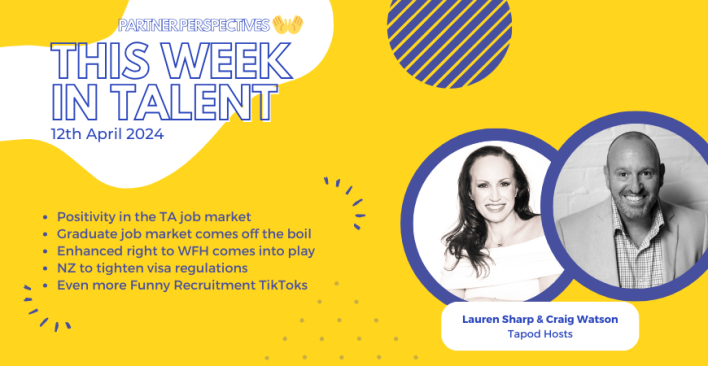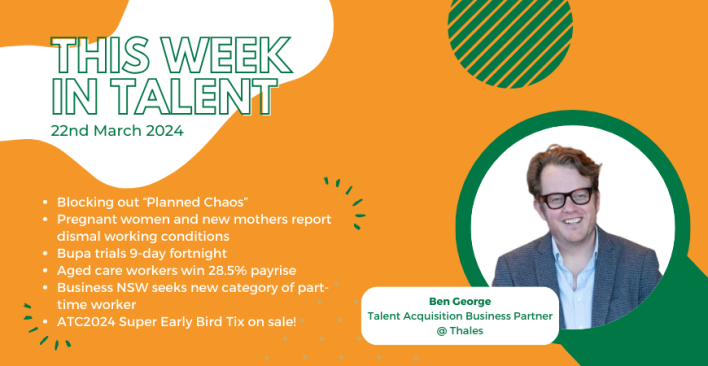Source of hire “an absolute train wreck”

Source of hire is a poor indicator of candidate quality and is seldom accurately collected in any case, argues PepsiCo’s former global talent engagement and marketing leader.
One of the factors making it difficult to track this metric is the fact candidates are increasingly “doing their homework” on employers, researching them and engaging via social channels before actually applying for work, Chris Hoyt told the Sourcing Social Talent conference in Sydney last week.
“Does candidate source really determine quality of hire? Because a lot of things have gone on before they hit what is arguably the front page of your careers site… Perhaps Google or some other search engine is actually your front page; that’s where they begin,” he said.
Source of hire metrics are further complicated by the fact some job boards and services contract ads out to other suppliers, he said.
“If your job that you paid to put on Job Board A doesn’t perform very well, sometimes they will contract your job to Job Board B or C.
“A candidate finds the job on B or C, ends up applying through Job Board A, Job Board A [sends them] to your career site and they apply, and who do you think gave you the source of hire? It raises the argument, does the source of hire really matter from a quality of hire standpoint? Is that really what we’re looking for?” he said.
[bctt tweet=”Chris Hoyt reckons source of hire is ‘an absolute train wreck'”]
A quick poll of the audience showed no organisation knows exactly where every candidate comes from.
“Of course you haven’t – it’s a train wreck, right? It’s an absolute train wreck to try and solve,” said Hoyt, who left PepsiCo earlier this year and is now co-owner of recruitment think tank CareerXroads.
In line with this trend is “an interesting shift” in the roles of both sourcers and recruiters, he said.
“Sourcers are doing a little bit more of the recruiting activity. Recruiters are doing a little more searching, a little more marketing. We’ve even got sourcers that are actually managing social and brand. There is a convergence of all of these responsibilities and some of it comes out of necessity, but half a decade or so ago, you might not have even dreamt of putting [sourcers] in the driver’s seat of your social media and your online networks,” Hoyt said.
“You might have said ‘no frickin’ way. Those guys are doing list management, those guys are generating leads, those guys are sussing out the talent that we need to get in front of the recruiters to do the schmoozing’. That’s just not the case anymore.”
Dial back talent community “mailing lists” to improve applicant quality
Recruiters can improve the quality of the applications they receive by not treating talent communities like mailing lists, Hoyt said.
A community requires some activity, connectivity or dialogue between members, rather than just a monthly jobs spray to jobseekers who have indicated their interest, he said.
Those mailing lists are akin to “allowing people to ask for you to give them an invitation to a party that you are absolutely never going to let them into”, Hoyt said.
He used the example of an organisation he worked with that sent out 3.5 million job alerts each month, as many jobseekers had indicated their interest in aspirational jobs, not roles that matched their skillsets.
“We turned [the alerts] off, and in the first month, candidate traffic tanked. I was thinking, ‘well, it might be time for me to move on; this might not have been my most calculated risk’,” he said.
By the second month, however, traffic had levelled out and recruiters noticed an increase in applicant quality, which they attributed to an external shift, such as layoffs in competitors or a shift in the economy.
[bctt tweet=”Recruiters should avoid the spray and pray tactic but instead focus on targeting eligible candidates”]
“When we did our homework, we realised there was nothing going on in the marketplace. What we had done was dial back the noise and cranked up the signal by reducing the amount of invitations to people we were never going to let into the party,” he said.
“We [had been] so concerned with getting the message out, making sure a lot of people saw it [and] making sure a lot of people came in and applied for our jobs. We were forcing recruiters who were already inundated… to just present the last 10 qualified people, versus the 10 most qualified people.”
Lower application numbers also means fewer candidates are rejected, which is good for both employment and consumer brands, as many candidates are both customers and jobseekers, Hoyt added.
This article is reproduced with permission from Shortlist. Click here to read the full article (login required). Article was first published on 24 November 2015.
Related articles
One Response to “Source of hire “an absolute train wreck””
Leave a Reply
Sign up to our newsletter
Get a weekly digest on the latest in Talent Acquisition.
Deliver this goodness to my inbox!



Great summary – thanks for the callout. Lots of good points made here and some things to think about. Smiling and dialing is a huge plus but sometimes there’s more going on behind the scenes at organizations that unfortunately prevent the practice from being realistic and scaling. (criminal, I know!)
I could talk about the death of “talent communities” all day. Oh wait, I have spoken about talent communities all day.
Here’s an update on the CXR site with a hat tip to the ATC write up:
http://www.careerxroads.com/tracking-source-of-hire-is-a-train-wreck/
Happy hunting and I hope to see some of you during this conference season!